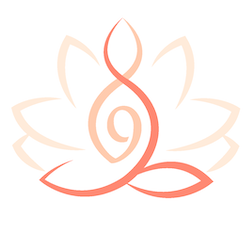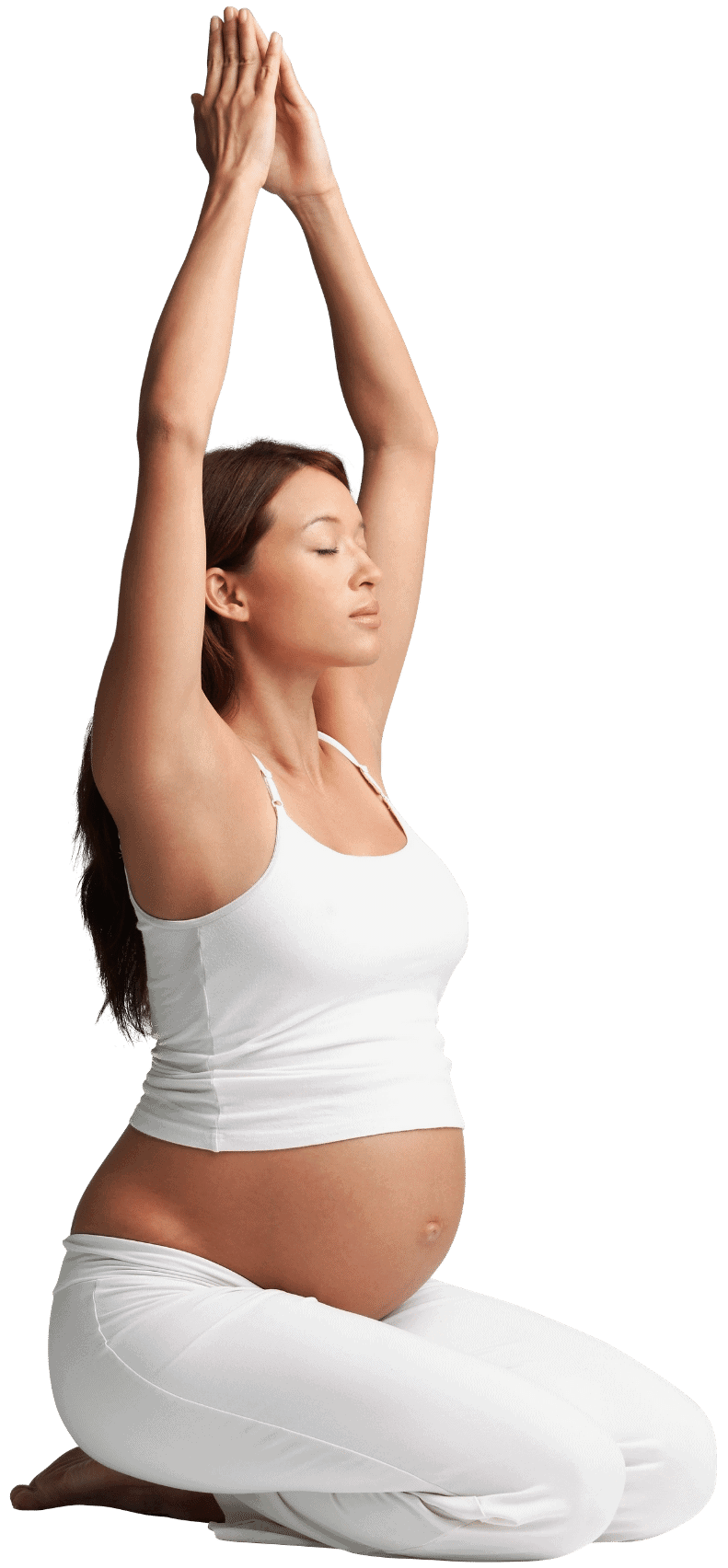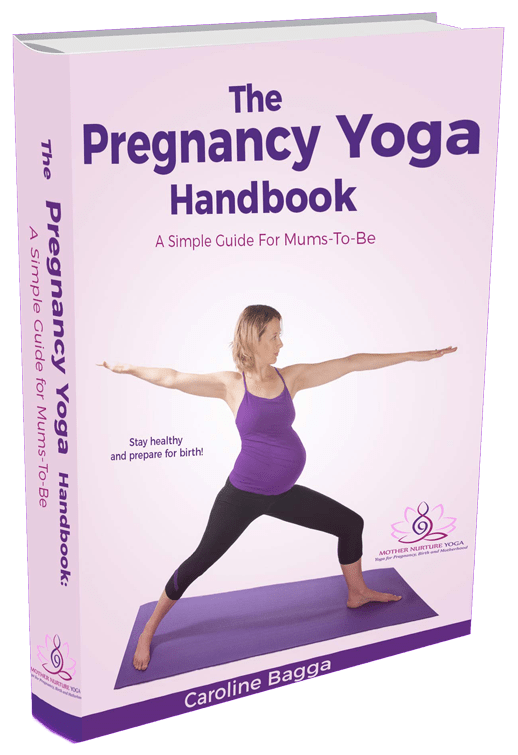Breastfeeding is a natural and wonderful part of motherhood, but like all good things it’s not always easy. Here at Mother Nurture Yoga, we love supporting Mums-to-be and new Mums to prepare for the best possible start to your breastfeeding journey.
While we believe that breast is best, we’re also proud that we can support new Mums regardless of their choices – remember, feeling empowered comes when you take control and make positive choices that best suit you and your baby. We’re a judgement free zone – you’ll never find us ‘should-ing’ all over you!
Free Breastfeeding Q&A sessions
That’s why we host a free Question & Answer session every few weeks with the wonderful Keren who is our resident Lactation Consultant, Midwife and Prenatal Yoga Teacher. We love Keren and the way she provides such nurturing, thoughtful and supportive advice. Between Keren and I we’ve breastfed 7 babies and have a wealth of personal experience that we can share.
Our approach is unique because we combine the yogic perspective with practical, research-led advice.
The session we held this month was super special because it coincided with International Women’s Day. We had more than 20 fabulous women join us to talk about breastfeeding and the discussion was candid and lively.
Tips from the last Breastfeeding Q&A
Below I’ve outlined just some of the questions we were asked. While the answers we gave during the session were much more in-depth, I’ve added very brief, summarised answers below as well so you can learn from the tips we shared:
- Is it normal to feel pain while breastfeeding? Should the pain subside a few minutes into the feed or will it continue? Answer: It’s not unusual to feel a suctioning at the outset (or sensation which might make you take a sharp inhalation!), but that is usually just an initial feeling which would pass after a few seconds. Cracked, bleeding or blistered nipples are a different story and we would want to look at positioning, latching and potential use of nipple shields until the nipples are healed.
- Should I get a pump before I have my baby? Answer: We recommend hand expressing for the first 3 days but having a pump available might be handy after that, particularly if you plan to feed your baby with expressed milk later on. Keren demonstrated how to hand express and talked about the benefits (and contra-indications) of hand expressing prior to giving birth.
- What are the main breastfeeding problems I should anticipate and how do you overcome them? Answer: We discussed challenges around latching, supply and self-care. There are unique challenges which arise at various stages of your breastfeeding journey not just at the beginning (think about things like feeding in public, returning to work, breastfeeding while pregnant and when and how to stop breastfeeding your baby). Having the right support in place makes the world of difference, which is why we run these Q&A sessions so you can continue to ask Keren your questions as they arise.
- I have an inverted nipple on one breast. I’m worried if I will be able to breastfeed on that side, or if not, can I feed my baby from just one breast? Answer: Your baby may or may not have difficulty with latching on that side. If she does, you can try using a nipple shield. Usually over time the inverted nipple will start to protrude. So the good news is that baby number 2 will have an easy ride! However, please rest assured it is entirely possible to breastfeed a baby from just one breast (think about twin Mummas!)
- How do I deal with engorgement? Answer: Engorgement is quite common when your supply comes in (meaning, the milk changes from thick, yellow colostrum to the white-ish runnier milk). This happens some time between day 3 and 5. Feeding your baby is the best way of dealing with it! You can try applying gentle heat or massage prior to feeding your baby, continue the massage while feeding and then apply a cold pack afterwards. Always massage in the direction of the nipple. You can also pump in between feeds if you feel there is some milk left after your baby has finished feeding.
- How long should I feed my newborn baby for? How will I know if he is full versus just fallen asleep? And how long should I leave in between feeds? Answer: Babies tummies are tiny at birth and a newborn baby will need to feed quite often – every 2-3 hours both day and night. This might vary, so for example you might have a stretch of up to 5 hours and then a few cluster feeds later on. A feed would last between 20 – 45 minutes. Feeding frequently in the early days will help to establish your supply. These timings are just guidelines and we don’t recommend feeding to schedule, but rather learning to read your baby’s cues. Checking their nappies and weight gain will give you comfort that your baby is getting all the milk they need.
You’ll be able to tell the difference between ‘proper’ feeding and comfort sucking. We define the time between feeds as being from the start of one feed, to the start of the next (so the time spent feeding is included in the 2-3 hours). If you have a sleepy baby you may need to wake her for her feed in the first few weeks.
The ideal way to feed a sleepy baby is to undress them down to their nappy so you can enjoy skin-to-skin and then cover them with a blanket. That way you can regulate the temperature so they don’t fall asleep because they’re just warm and cozy!
- Is it normal for women to be offered skin-to-skin contact with their baby after birth or is this something I need to ask for? Answer: We highly encourage skin-to-skin contact between Mum and baby directly after birth. Most hospitals are supportive of this and it’s definitely not an unusual request. You, or your birth support partner should feel free to advocate for this if you’re not offered it.
- If my baby is given formula when they’re in hospital, will this impact my ability to breastfeed later? Answer: While we encourage Mums to feed and spend as much time with their newborns as possible, there may be a variety of reasons your baby would benefit from milk from other sources (with your permission, of course). Your baby being given a bottle or two of formula or donated breastmilk is definitely not the end of your breastfeeding journey. If you’re concerned about nipple confusion (where baby becomes familiar with and prefers the teat on the bottle to the nipple on the breast) you can purchase peristaltic nipples for the bottle. You can also look into ‘bridging packs’ of donated, screened and pasteurised breastmilk if you’re concerned about your supply in the early days. These are available from our charity partner, Mother’s Milk Bank.
We talked as well about the importance of mindfulness and self-care and the impact on your milk supply, which is often a top concern for new mums (do I have enough, is it too much?) A woman who is relaxed, well nourished, free of pain and connected to her baby stands a better chance of establishing a supply which meets her baby’s demands. Neck and shoulder tension are common so stretching and self-massage are super important for managing this pain.
If you’d like to learn more about self-care and breastfeeding, our unique Breastfeeding Essentials Course covers the practical how to’s of breastfeeding, plus yoga for self-care, ways to release neck and shoulder tension, and acupressure points to increase your milk supply.
Check out our Online Breastfeeding Course here and look out for our next free Q&A session on our timetable!







